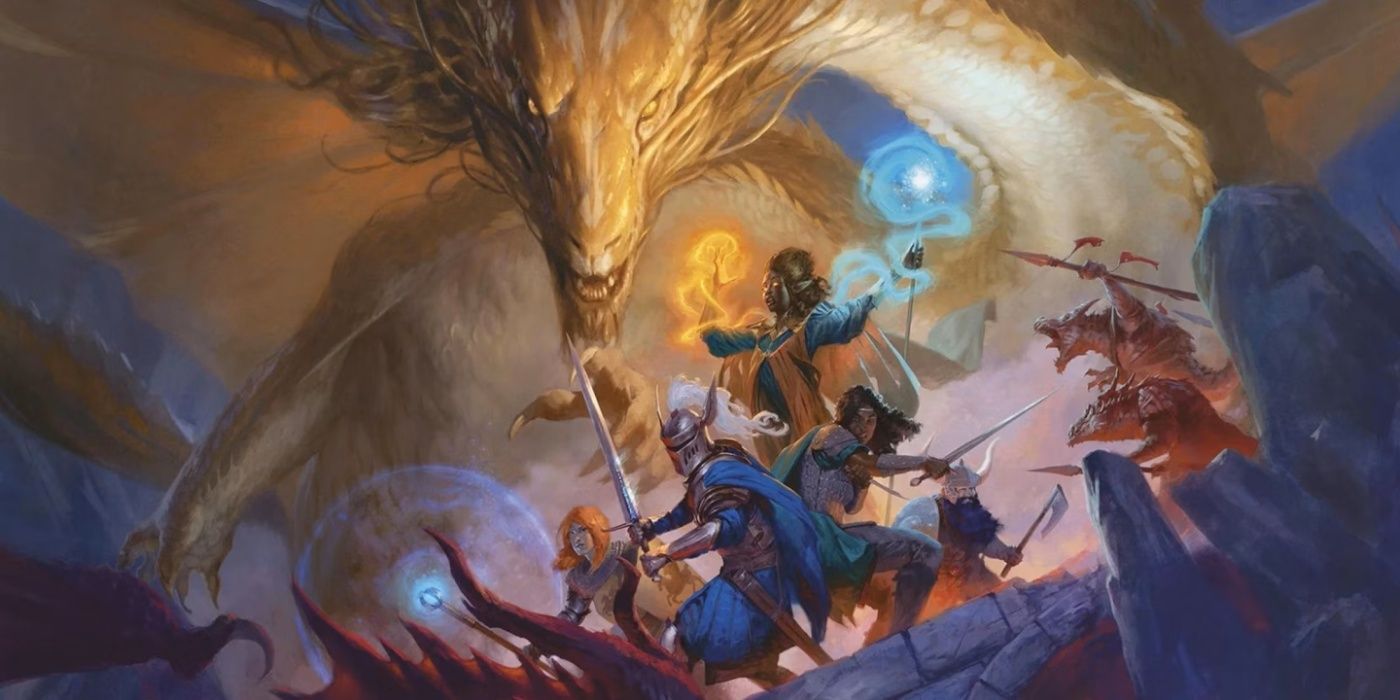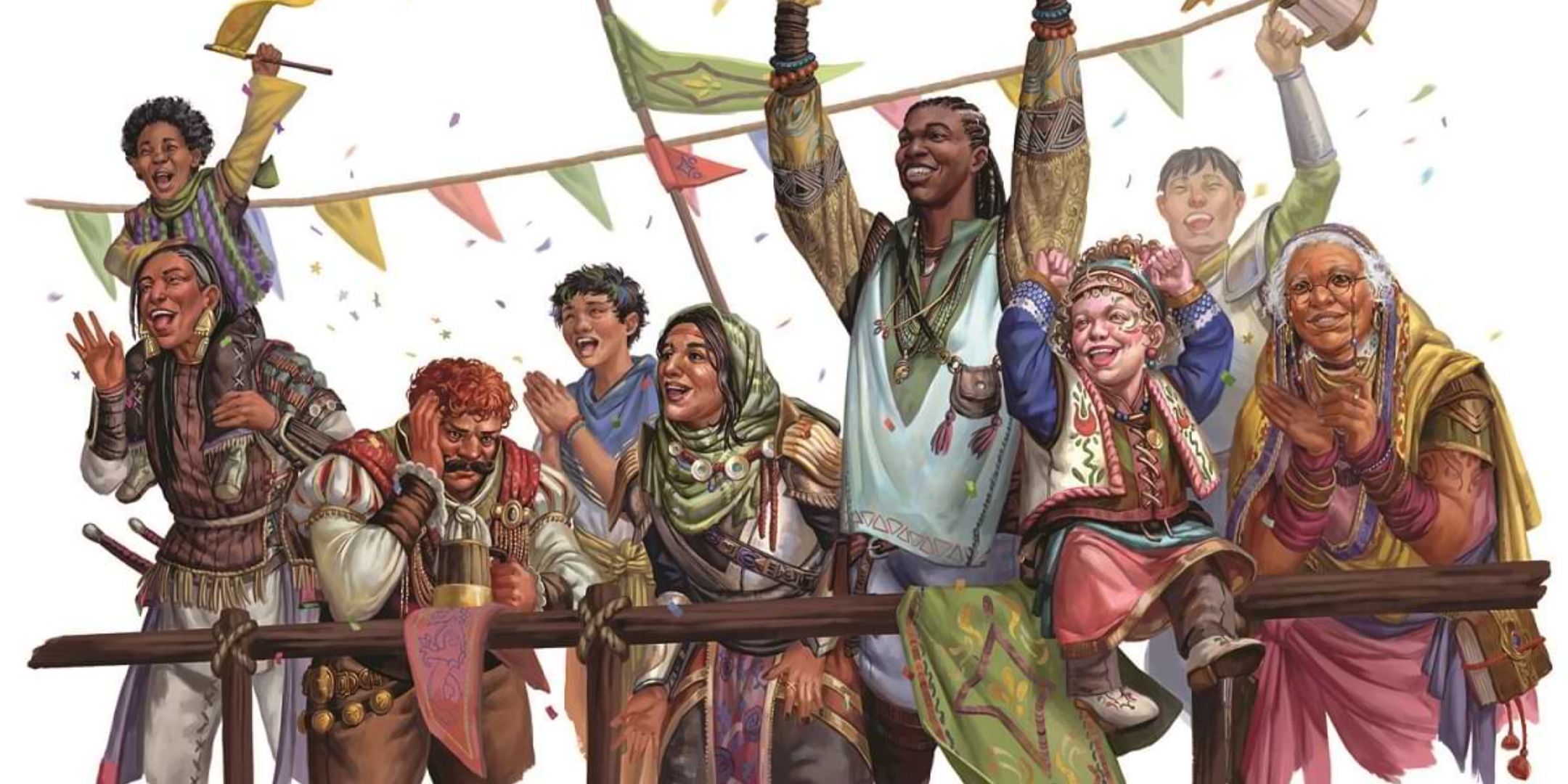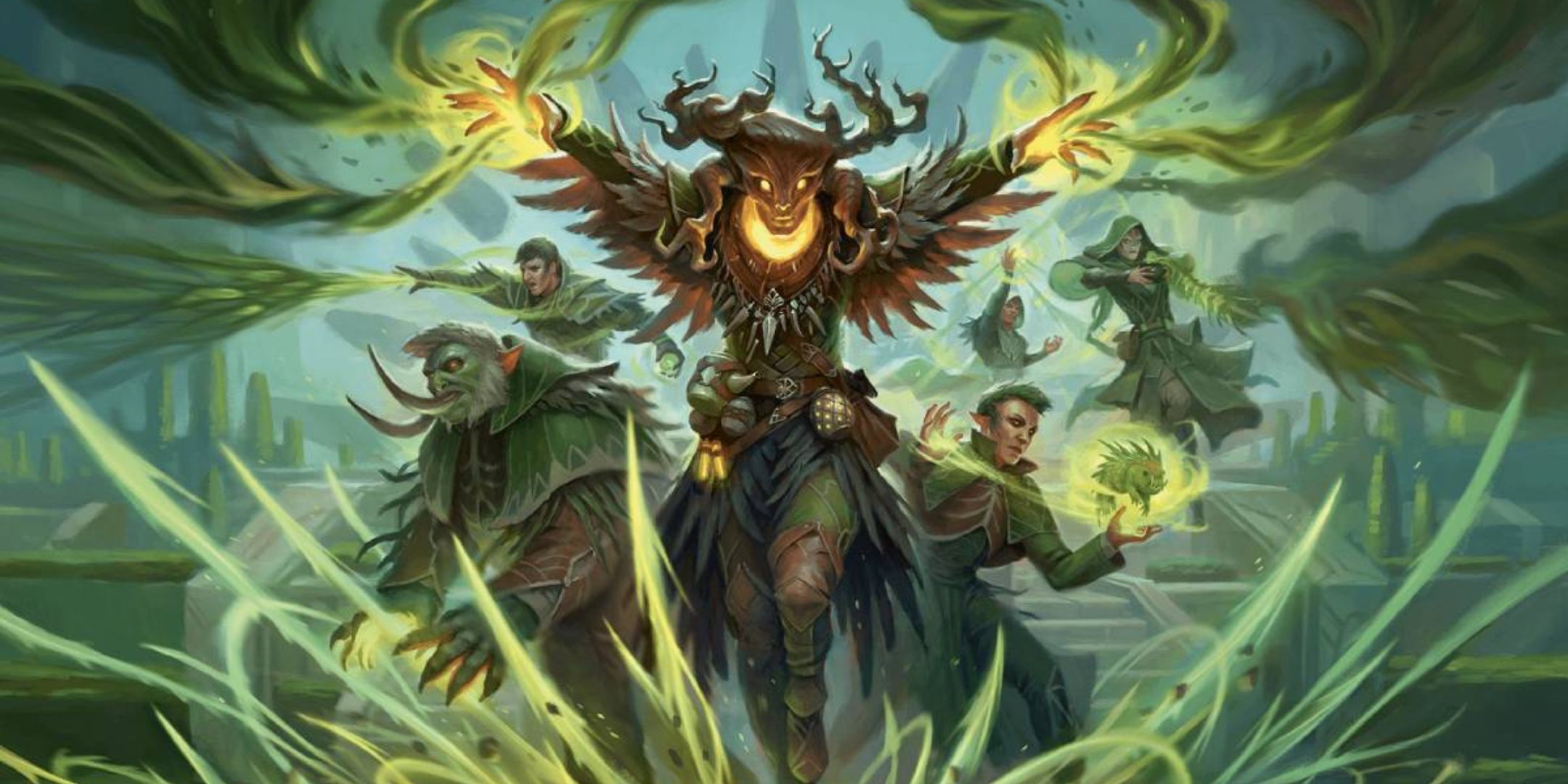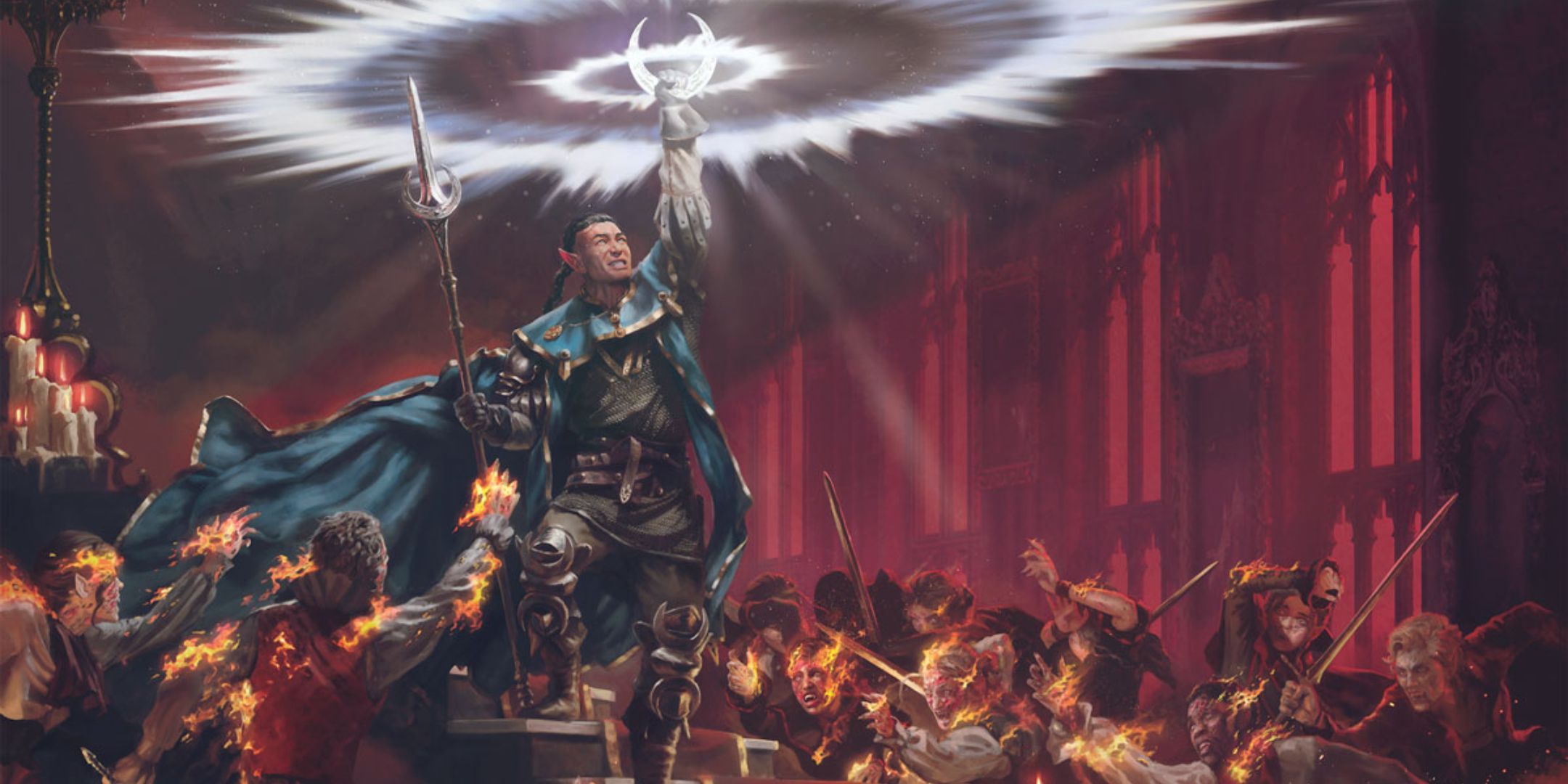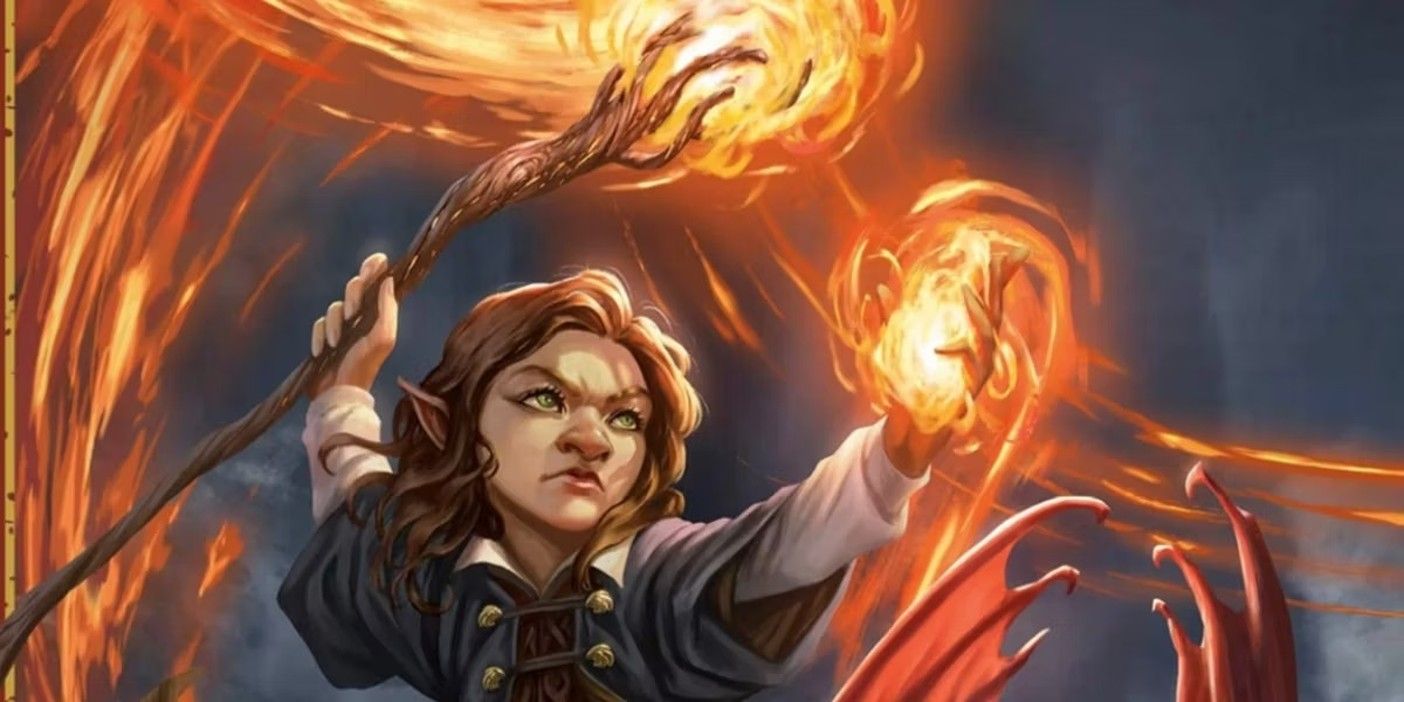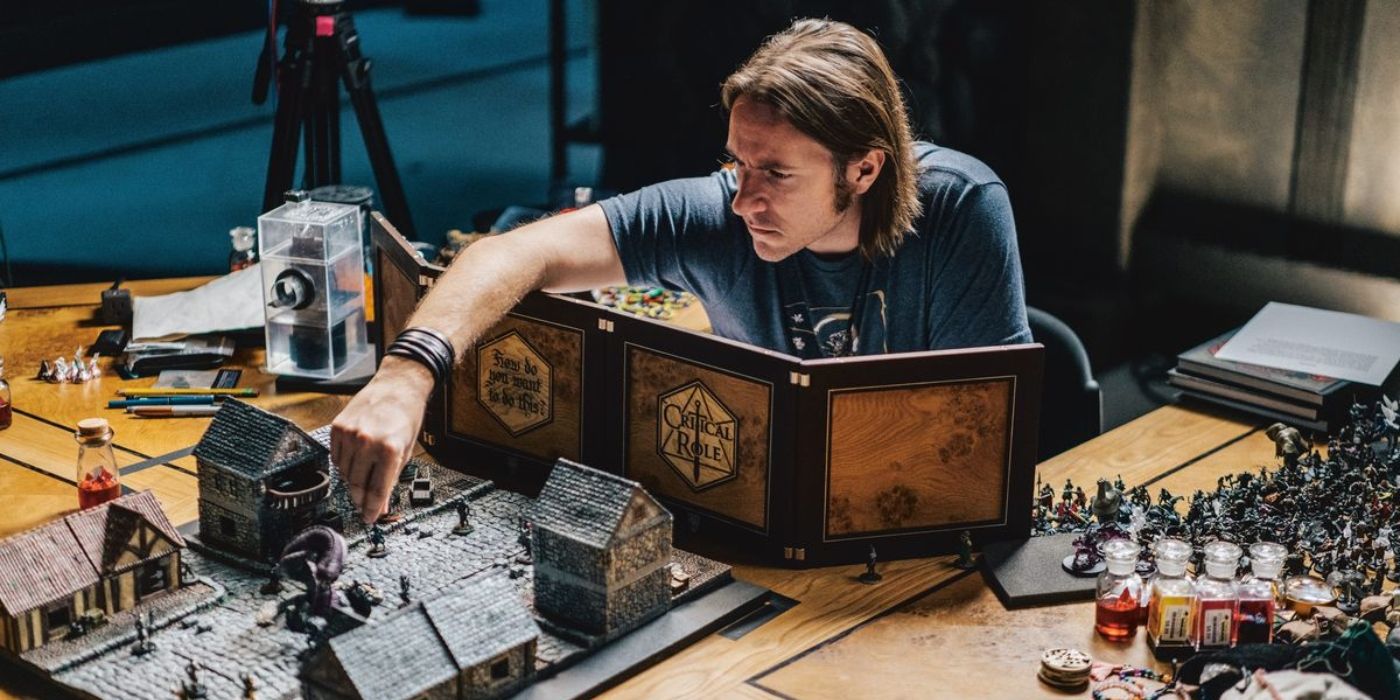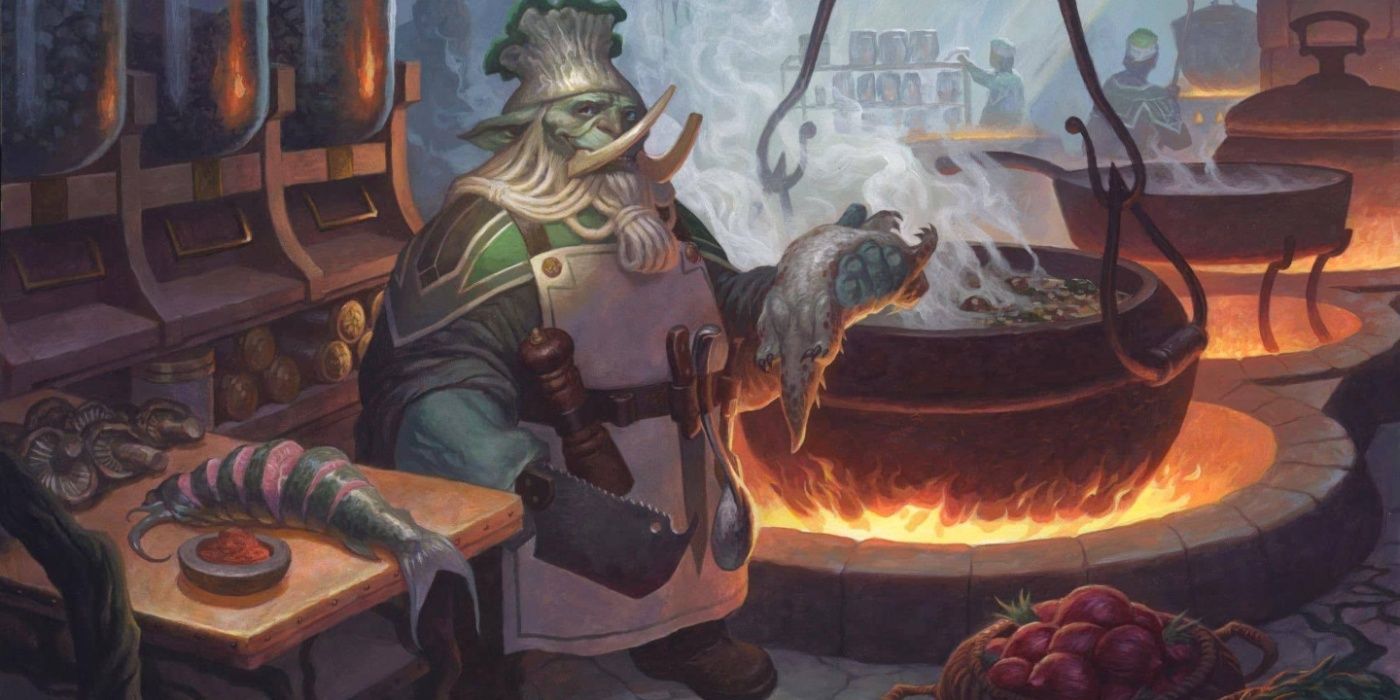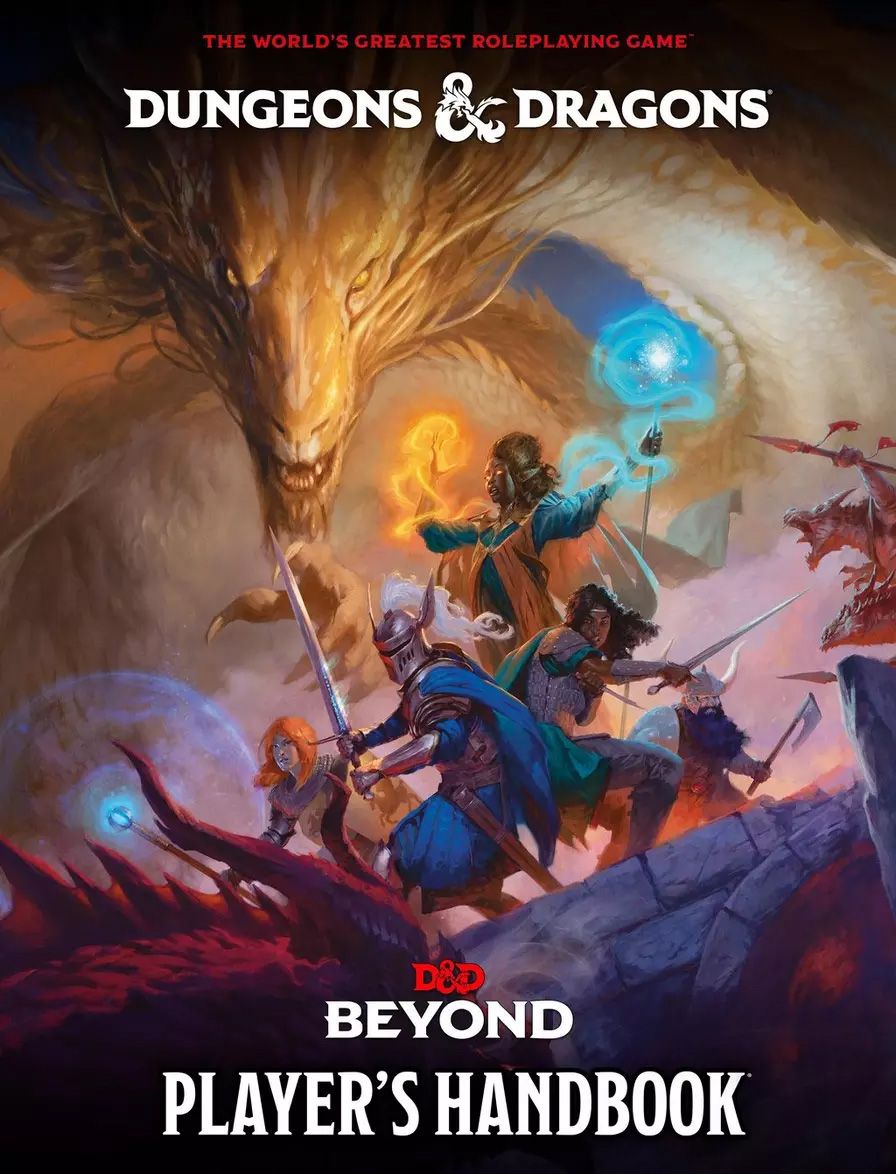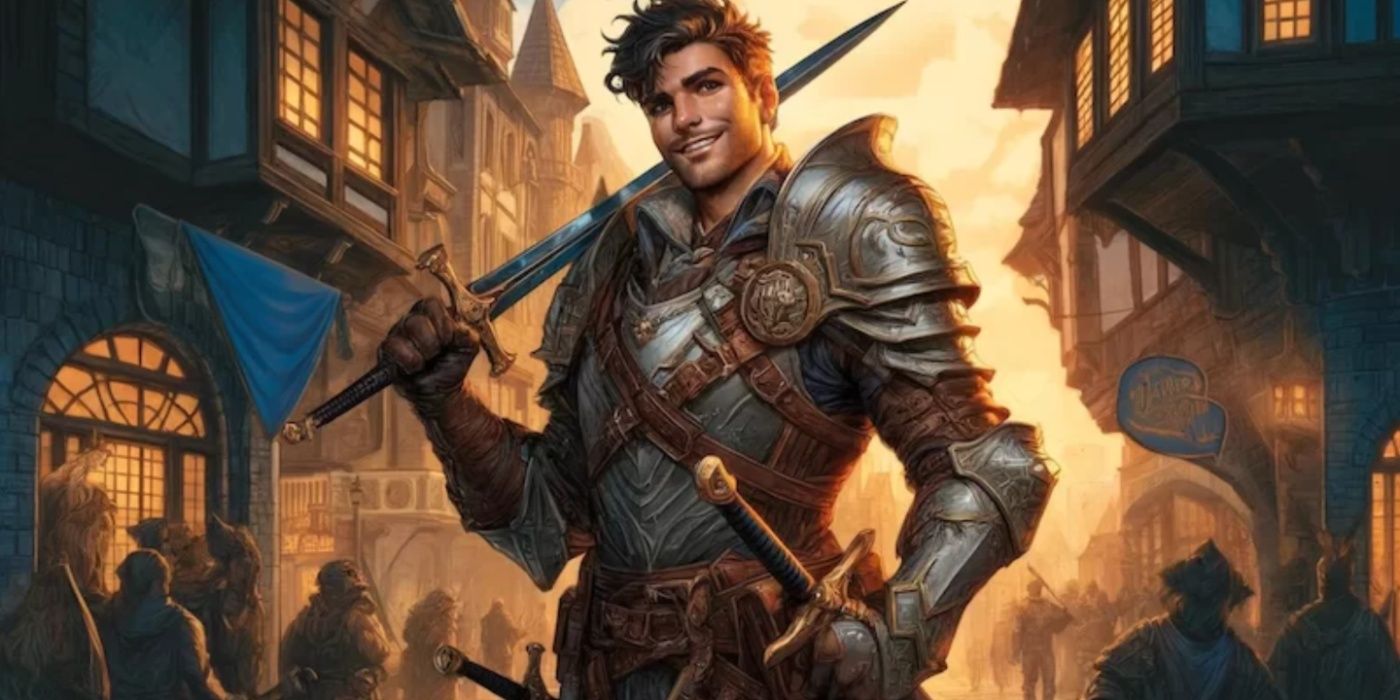
Anyone who asks a Dungeons & Dragons player what they enjoy most about the game will be met with a variety of answers. Creating characters, storytelling with friends, roleplaying and silly moments, and of course: the combat. However, Dungeon Masters (DMs) would describe how planning out combat is a challenge, even more so if they have to homebrew something for it.
Homebrewing is a beloved, yet challenging practice, where DMs create something entirely new, something that’s not in any of the source material. It’s tough to homebrew, whether it be building a world from scratch or pulling unique characters from thin air. However, homebrewing a combat encounter? That’s something that DMs will take any advice they can get – and thankfully, there’s plenty.
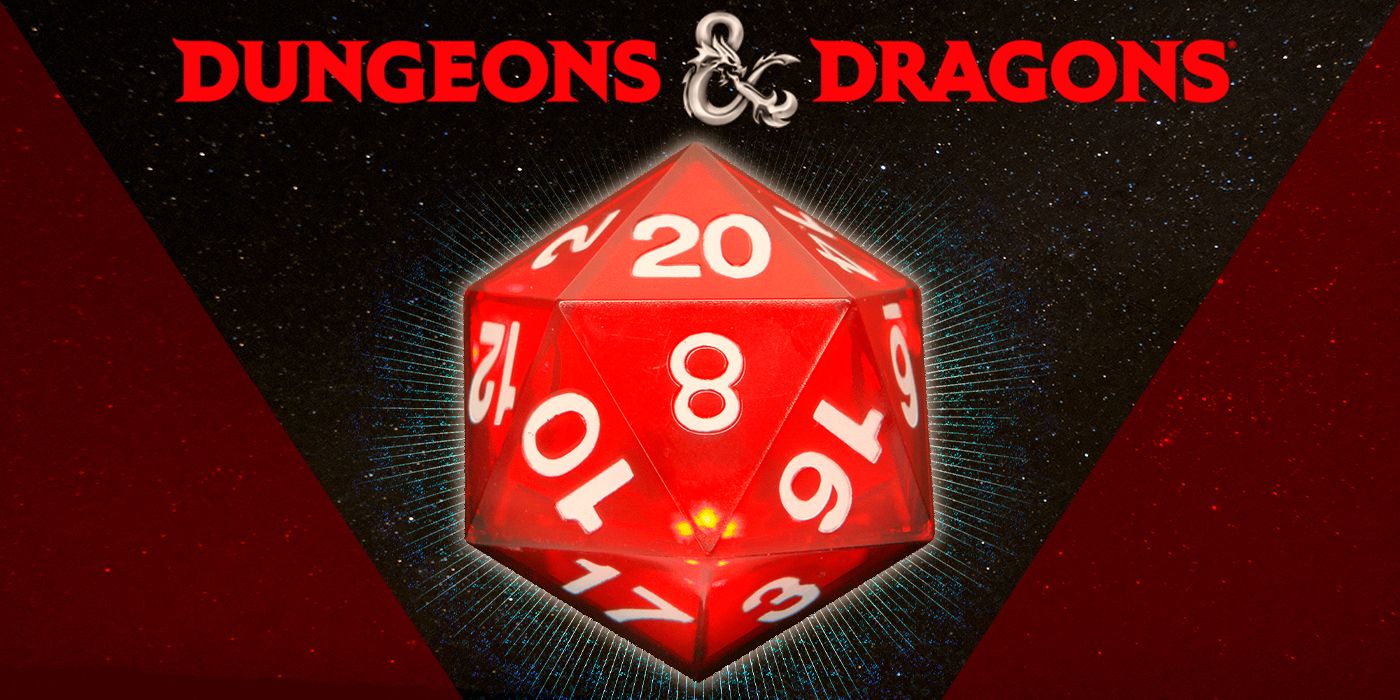
Related
Dungeons & Dragons: How & Why To Homebrew
What is homebrewing and how does one go about doing it? The what, how, and why of homebrewing for D&D.
10 Determine How Players Level Up
Experience, Milestones, Something Else?
Perhaps the first thing DMs need to keep in mind before they even begin to homebrew their encounters is the foundation of leveling up. Some prefer to stick to Experience Points (XP), which is more traditional, while others think it’s better to level players up based on in-game milestones, using the campaign’s plot as the catalyst for each increase in power.
It’s a hot topic among many DMs, even Matt Mercer and Bennan Lee Mulligan had a debate over it. Regardless of stance, it’s important to determine this before setting up even the first encounter, as it will lay out the foundation for the rest of the game for the players.
9 Start Small and Work Up to Harder Enemies
Stick to Simple CRs First
Of course, when DMs want to homebrew an encounter, they think of all the grand ideas they want to incorporate. They imagine all the different things they could explore, and they’re typically large, challenging ideas. This is great to have in the long run, but not good for DMs wanting to start out, especially before they’ve play-tested anything.
It’s a good idea to start with smaller enemies and encounters first. This way, if there is an issue in balancing, it won’t result in a catastrophic Total Party Kill (TPK). Stick to enemies with a CR less than 2 (or similar in balance based on the players’ levels) for the first homebrew combat encounter, something that can be easily managed in case things go horribly south over an overlooked detail.
8 Balance is Trial and Error
Be Ready for a Hundred Mistakes
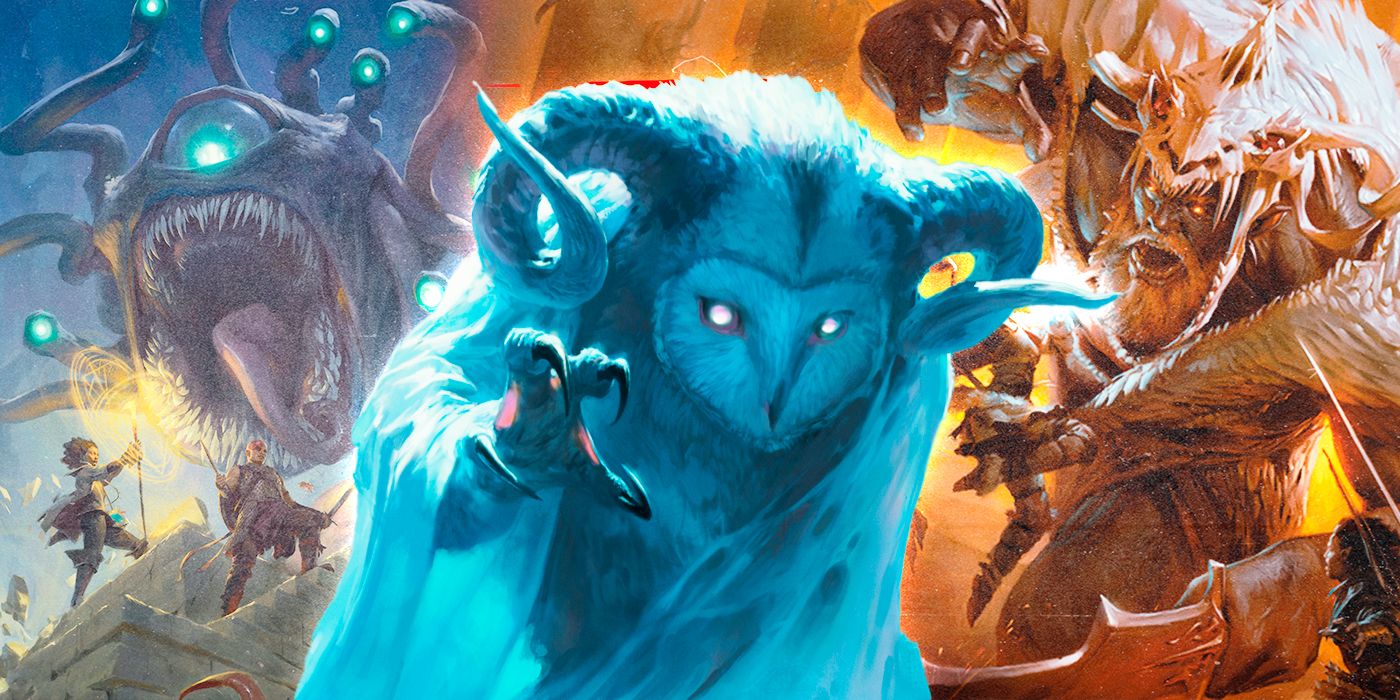
Related
How To Manage Continuity In Dungeons & Dragons
Continuity between campaigns is a crucial part of bringing together an adventuring party, but keeping track of that lore can be difficult!
Balancing an encounter is unspeakably difficult, especially once homebrew is added into the mix. Of course, nobody wants things to go wrong, but any veteran DM will agree: things will go wrong, even if one is prepared for literally everything they could think of. Get ready to make mistakes that weren’t anticipated, things that would be completely unexpected but noticed by a player within minutes.
Of course, play-testing is a great way to help prevent some of these mistakes in balancing. It might be a good idea to do a demo run using players’ character sheets, just for a couple of rounds; this way, the DM would be able to see the encounter in enough action to make any adjustments if needed.
And Learn When it’s Good
It’s easy to get caught up in the moment within roleplay, merging into characters and taking on their existence, even in combat. That said, this can lead to accidental metagaming, which is when Player Characters (PCs) are acting based on information the player knows, but not the character. This is a frustrating situation for DMs, especially those who forget to notice it and manage it in the moment.
However, it’s not always a bad thing, especially for a DM. It’s similar to how video games will give hints in the loading screens, but in the case of the TTRPG, it’s just the Dungeon Master asking “are you sure?” in order to prevent disaster. Listen to the players, and make sure they’re acting based on their characters, but don’t be afraid to drop a hint or two — after all, the DM is the one who wrote the campaign.
6 Be Ready to Improvise
The Truth of Being a DM
A common meme of being a Dungeon Master is the importance of being able to improvise. The DM would slave over an encounter literally all night, only for one of the players to one-turn the enemy based on something completely forgotten and not accounted for. In and out of combat, it’s important that DMs be quick on their feet and be ready to improvise.
In combat, improvising can be a number of different factors. It could include additional (potentially scraped) enemies into the encounter, adding a specific mechanic (such as a particular item or needing cover), or other methods in order to regain some control. This also includes knowing when to just let it be, and recycle the work in future encounters.
5 Utilize and Weaponize the Environment
Set Up Hazards and Rewards
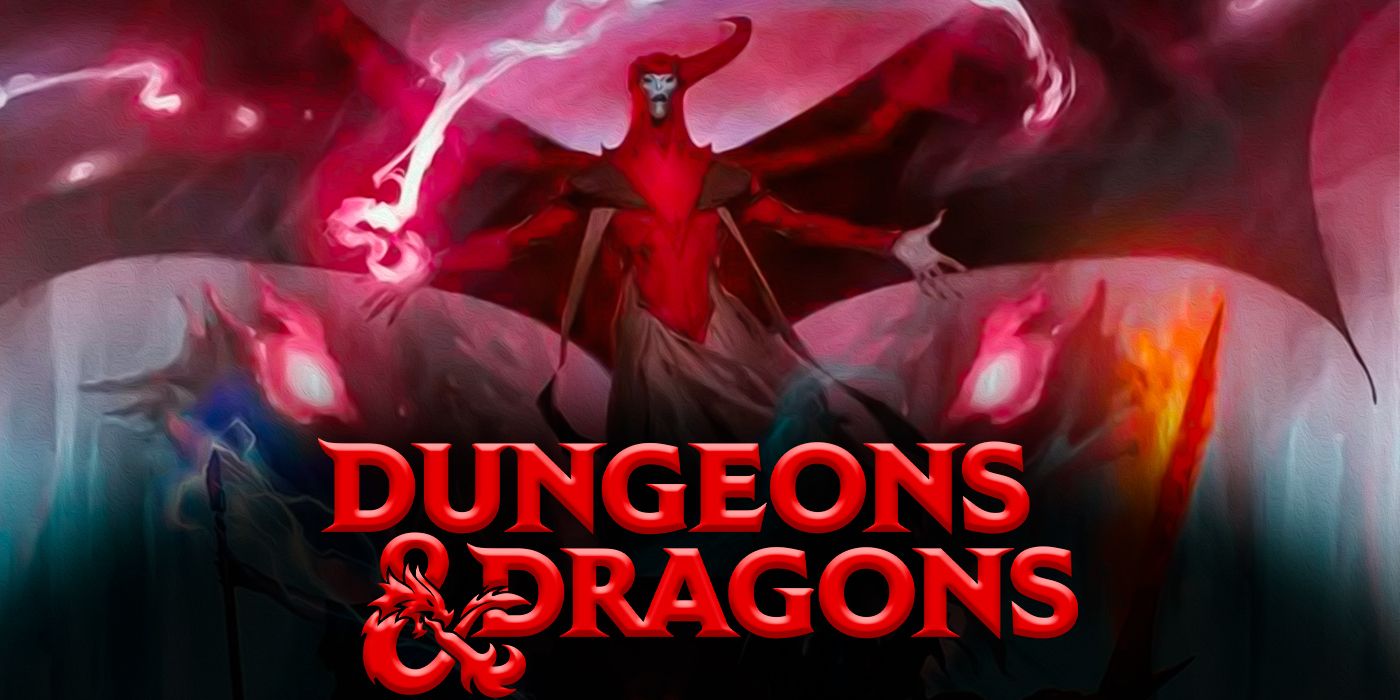
Related
Dungeons & Dragons: 10 Things DMs Want To See In the Revised Dungeon Master’s Guide
With the upcoming release of the new Dungeon Master’s Guide in November, here are 10 things DMs are hoping to see.
One way to really strengthen combat as a DM would be to utilize the environment that the players are in. If they’re fighting out in the open, it would be a very different encounter than it would be if they were fighting in bustling streets, just to name an example. Setting up additional hazards (such as traps, hidden areas, etc) would flesh out the encounter beyond a typical fight, and add layers that would be extra enjoyable to everyone involved.
Of course, it doesn’t always have to be a hazard, either. Hide rewards throughout the environment, encouraging players to explore and think outside the box when dealing with an enemy. This could be a hidden weapon that would make the fight easier, a trinket that could initiate roleplay to talk down an enemy, or something else entirely. Homebrewing an encounter isn’t exclusive to a simple fight.
4 Take Advantage of Saving Throws
AOEs Are Great For Those Far-Too-Powerful Players
When homebrewing enemies and encounters, some players may make it extra challenging. If they have a near-unbeatable Armour Class (AC) for example, it could turn into the encounter being fun for only that player, while other players with lower ACs are facing a difficult challenge. One way to get around this would be to utilize Saving Throws.
Spells like Fireball (Dexterity Saving Throw) or Dissonant Whispers (Wisdom Saving Throw) guarantee damage to players even if they save, which allows the DM to keep the challenge fresh for everyone. Plus, it forces players to actually think about how to take down the enemy rather than play purely on offense.
3 “How Do You Want To Do This?”
A Classic Matt Mercer Rule
Critical Role has done countless wonders for the D&D community, bringing it into the limelight and helping it grow in popularity. Plus, it introduced new mechanics, rules, and even new races and classes into the game’s canon. Matt Mercer is infamous for introducing “How Do You Want To Do This?” (HDYWTDT) — a feature that allows players to describe how they’re finishing off an enemy encounter by explaining how they kill an enemy in vivid, gory detail.
It’s fun and exhilarating for players on the receiving end of the iconic quote, allowing them to be creative and engaged in the encounter and its story. It’s also helpful for homebrew encounters, especially ones that went a little more south than planned. It’s able to lighten the mood in an instant, and the DM will be able to improve from there.
2 DMs Can Smudge HP if They Have To
Maintain a Challenge or Wait For the Right Time

Related
D&D 5e 2024: 10 Things Players Want From the New Monster Manual
The new Monster Manual drops in February of 2025; here’s what players are hoping to see in it.
Of course, not all combat encounters go horribly wrong. Instead, with some incredibly efficient players, it’s possible to have them go right — too right. This can lead to characters killing off the enemy far earlier than anticipated and potentially cheapening the experience. Plus, if the enemy is important to one of the characters, it could ruin an opportunity for them.
So, don’t be afraid to smudge an enemy’s HP in the middle of combat if necessary. Nothing crazy to keep it dragging forever, but if the DM wants a particular player to get the HDYWTDT due to plot or character development reasons, this guarantees a more impacting ending. Or, if the players just happen to roll a little too well and are having fun, it doesn’t hurt to extend the time (and the fun) just a little longer.
1 Listen To the Players
Feedback is Essential for Improvement
Perhaps the most important thing to consider when homebrewing, especially a combat encounter, is how it will be for the players. Of course, the DM deserves to have fun, but the players will provide that so long as they’re taken care of. One way to do this would be to listen to their feedback if they have any. Of course, criticisms can hurt, but it’s important not to take it personally.
Utilizing their feedback will strengthen the campaign in and out of combat, and it tells the players that they’re being listened to and that they’re just as important to the story as the DM is. So long as players are respectful in approaching feedback, it’s important to listen to them, because how else are people supposed to improve?
Discover more from reviewer4you.com
Subscribe to get the latest posts to your email.
